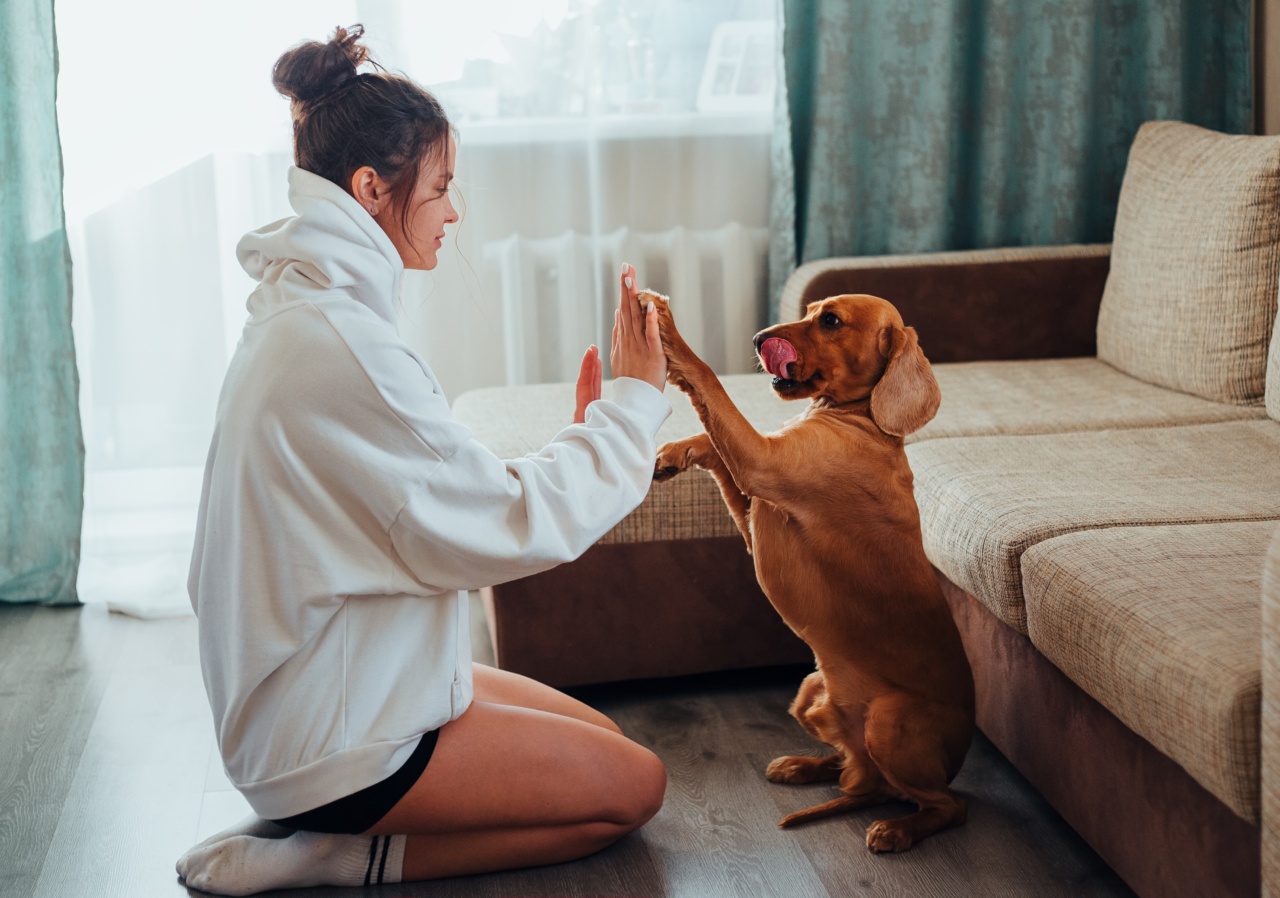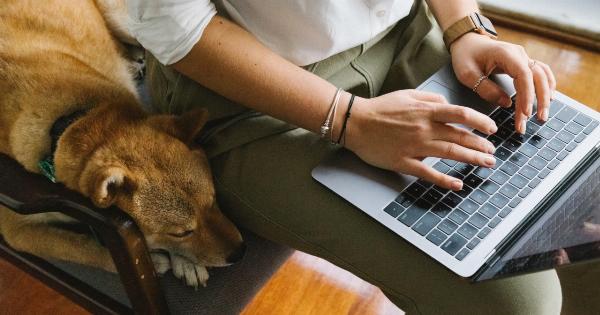Many dog owners love spending time with their pups, and that often means bringing them along to cafes and restaurants. However, not all dogs are naturally calm and relaxed in these environments.
With a little bit of training and patience, you can teach your furry friend to be a model cafe companion. Here are some tips for teaching your dog to relax at cafes:.
1. Start with Basic Sit and Stay Commands
The foundation of any good cafe behavior is basic obedience. Start by teaching your dog the sit and stay commands at home.
Once they have mastered these skills in a quiet environment, gradually introduce them to more distractions, like noise and movement.
2. Practice at Home
Before heading out to a cafe, practice at home with your dog. Create a cafe-like environment by setting up a small table and chairs, playing ambient cafe noise, and serving yourself a pretend coffee.
Practice sitting at the table with your dog on a leash and asking them to stay while you drink your coffee. Reward them with treats for good behavior.
3. Choose a Dog-friendly Cafe
When you’re ready to venture out to a real cafe, choose one that is dog-friendly. Look for outdoor seating areas and cafes that allow dogs on the premises. Some cafes even provide water bowls and dog treats for their furry customers.
Check the cafe’s website or call ahead to confirm their dog policy.
4. Start Slowly
Don’t expect your dog to be immediately comfortable in a busy cafe environment. Start slowly, by choosing a quiet time of day and sit in a quiet area of the cafe. Keep your dog on a leash and bring plenty of treats to reward good behavior.
Gradually increase the length of your cafe visits and the level of distraction in the environment.
5. Reward Good Behavior
When your dog does well in a cafe environment, make sure to reward them with a treat or praise. Positive reinforcement is key to teaching your dog to associate cafes with good behavior and rewards.
6. Be Mindful of Other Customers
Not all cafe-goers are dog lovers, so be mindful of others around you. Keep your dog on a leash and well-behaved, and make sure they are not disturbing other customers.
Never leave your dog unattended at a cafe table, and always clean up after them if they have an accident.
7. Know When to Take a Break
If your dog starts to become restless or anxious in a cafe environment, it’s time to take a break. Take your dog for a walk outside to burn off some energy or simply take them home.
Don’t push your dog beyond their comfort level, as this can lead to negative associations with cafes.
8. Consider Professional Training
If your dog is resistant to cafe training or has behavior issues, consider seeking out professional training.
A dog trainer can work with you and your pup to address behavioral issues and create a customized training plan to teach your dog to relax in a cafe environment.
9. Practice Patience
Teaching your dog to relax in a cafe environment takes time and patience. Some dogs will pick up the training quickly, while others may take longer. Always remain positive and patient with your furry friend as you work on this important behavior.
10. Enjoy the Experience
Remember, the goal of cafe training is to enjoy spending time with your furry friend while sipping on a latte. Don’t get too caught up in the training process and remember to have fun with your dog while out and about.
Conclusion
Teaching your dog to relax at cafes is an important skill for any dog owner.
By starting with basic obedience training, practicing at home, choosing a dog-friendly cafe, and rewarding good behavior, you can help your furry friend become a model cafe companion. Remember to be patient, consider professional training if necessary, and most of all, enjoy the experience with your furry friend.


























